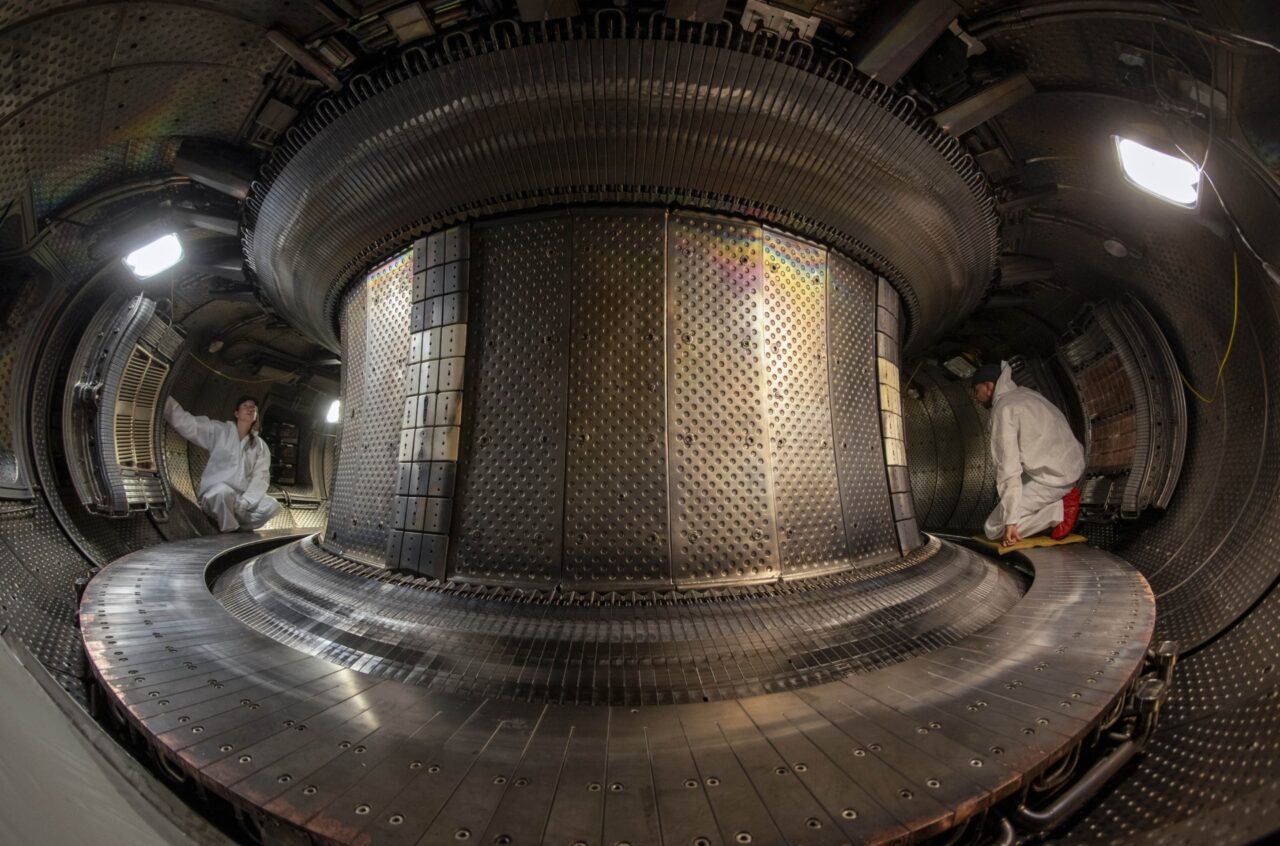A team of researchers from Massachusetts Institute of Technology (MIT) has made significant advancements in nuclear fusion technology, potentially overcoming a crucial barrier to achieving large-scale fusion energy. This breakthrough could pave the way for a clean, safe, and virtually limitless energy source by mimicking the processes that power stars.
Nuclear fusion, the same reaction that fuels the sun, relies on creating and maintaining the extreme conditions necessary for plasma, a hot, ionized gas, to fuse. The MIT research team focused on the tokamak, a donut-shaped reactor that uses powerful magnets to confine plasma. While previous efforts have demonstrated the potential of the tokamak design, challenges remain, particularly in controlling the plasma during operation and safely shutting down the reactor when necessary.
Advancements in Plasma Control
The researchers employed a combination of physics and machine learning to predict how plasma inside a tokamak would behave under varying initial conditions. This research was published on March 18, 2024, in Nature Communications. The study’s lead author, Allen Wang, a graduate student at MIT, highlighted the importance of managing plasma effectively to ensure the reliability of fusion as an energy source.
When operating at full capacity, plasma within a tokamak can reach speeds of up to 100 kilometers per second (approximately 62 miles per hour) and temperatures exceeding 100 million degrees Celsius (about 180 million degrees Fahrenheit). This extreme environment presents risks, particularly during the shutdown process, where the plasma current must be gradually reduced. If not managed carefully, the plasma can damage the reactor’s interior, leading to costly repairs and downtime.
Wang emphasized the delicate balance required during ramp-down procedures, noting that any missteps could lead to severe consequences, including uncontrolled plasma terminations that might generate damaging heat fluxes against the reactor walls.
Innovative Approach to Data Collection
Due to the high costs and inefficiencies associated with running fusion reactors, researchers often face limitations in data collection. To address this challenge, the MIT team revisited fundamental principles of physics. They combined a neural network model with plasma dynamics to create a comprehensive framework for understanding plasma behavior. This model was trained using data from the TCV, a small experimental fusion device located in Switzerland.
The dataset included variations in the plasma’s initial temperature and energy levels, as well as data collected throughout each experimental run. By applying an algorithm to this information, the team was able to generate “trajectories” that provided clear guidance for reactor operators on how to manage the plasma as the fusion reaction progressed. The model proved effective; operators following the trajectories reported improved outcomes in safely ramping down the reactor.
“We did it a number of times, and we did things much better across the board,” Wang stated. “So, we had statistical confidence that we made things better.”
Looking ahead, Wang expressed optimism about the implications of this research. “We’re trying to tackle the science questions to make fusion routinely useful,” he said. “What we’ve done here is the start of what is still a long journey. But I think we’ve made some nice progress.”
As researchers continue to explore the potential of nuclear fusion, breakthroughs like this one at MIT represent a promising step towards harnessing a powerful energy source that could reshape the future of energy production worldwide.






































































